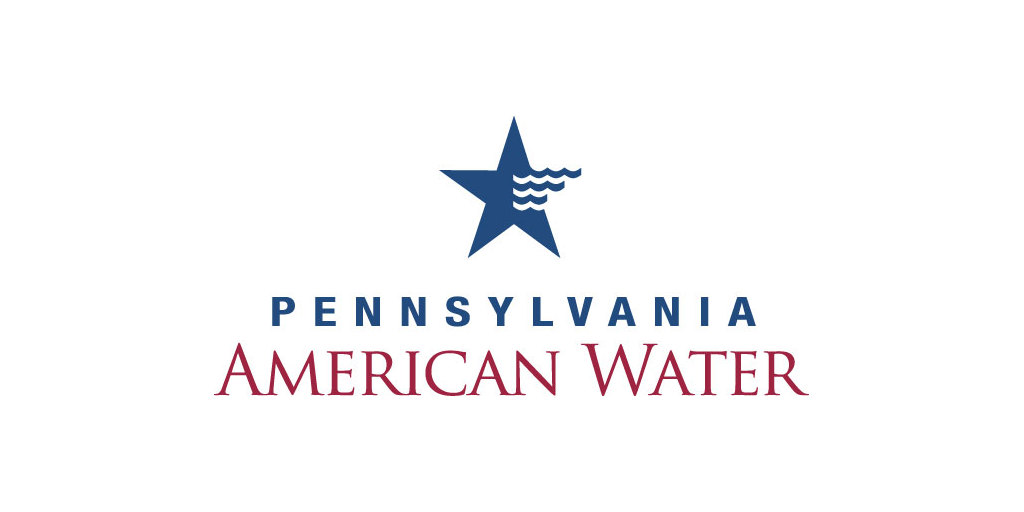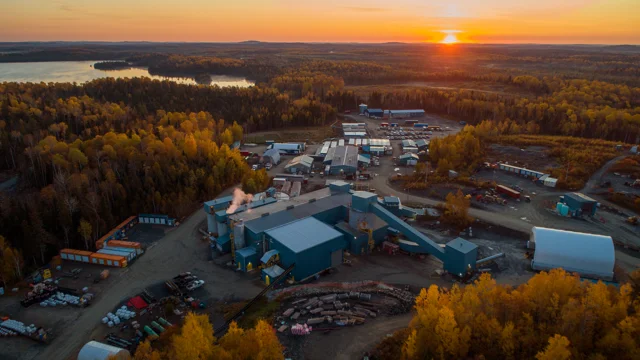As Rio Tinto reopens the rail line on which one of its driverless trains derailed last week, the injury-free incident has highlighted the potential safety benefits of autonomous mining vehicles.
About 30 wagons ferrying iron ore from Rio’s Pilbara mine sites to the Port of Dampier overturned on June 17, damaging close to 700m of track.
Although a major incident, and a loss of production for the major miner, the autonomous nature of the train meant that no people were injured.
“The safety and wellbeing of our people and communities is our top priority,” a Rio Tinto spokesperson said at the time.
Rio Tinto operates approximately 50 driverless trains across the Pilbara and has been doing so since 2019, using the autonomous system AutoHaul.
Three derailments have occurred in that time, including one in June 2022 and one in September 2022. All have reported no injuries or loss of life.
None of the three derailments have been linked back to the autonomous nature of the trains.
Rio Tinto managing director of port and rail services Richard Cohen said that derailments were known to happen occasionally, but he still had confidence in automated trains.
“There is no link between the AutoHaul system or autonomous trains and this incident,” he said.
“We’ve run AutoHaul trains now for a number of years – the consistency, reliability and predictability is very good. We’re extremely happy with the system as it’s running today.”
It is no secret that accidents happen when heavy machinery is involved, but preventing injury has become easier with the introduction of autonomous technology.
According to the Western Australian Department of Mines, Industry Regulation and Safety, the most common occurrence of injury on a mine site in 2022 was due to vehicle rollovers or falls from getting on or off a vehicle.
It stands to reason that removing operators from vehicles will lead to fewer incidents, and more mines seem to be putting this belief into action.
In March of this year, Roy Hill announced it would convert its entire fleet of 96 haul trucks to autonomous vehicles in a move that would bring about substantial safety benefits, according to Epiroc president and chief executive officer Helena Hedblom.
“We are very excited about supporting Roy Hill in the work to create the world’s largest single autonomous mine,” Hedblom said.
“The benefits for both safety and productivity will be substantial.”
Similarly, Rio introduced automatic guided vehicles to its Gudari-Darri mine in the Pilbara in a bid to reduce manual handling and improve safety in its heavy mobile equipment warehouse.
“To optimise mine safety and drive productivity, Gudai-Darri features an unprecedented deployment of technology, much of it industry-leading,” Rio said in an announcement.
“This includes the use of robotics for the ore– sampling laboratory as well as for distribution of parts in the new workshop.”
Cohen said that a track fault had most likely caused the June 17 derailment, but investigations are were ongoing.
“We need to wait for the investigation, we’ll see what we learn,” he said. “I’m very hopeful that we will learn something that will improve our business in the future.”




